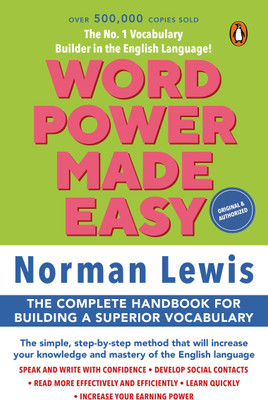
Geometry: Euclid and Beyond (English, Hardcover, Hartshorne Robin)
Share
Geometry: Euclid and Beyond (English, Hardcover, Hartshorne Robin)
5
1 Ratings & 1 Reviews₹268/month
36 months EMI Plan with BOBCARD
₹7,605
₹7,662
Available offers
T&C
Delivery
Check
Enter pincode
Delivery by8 Jun, Sunday|Free
?
View Details
Highlights
- Language: English
- Binding: Hardcover
- Publisher: Springer-Verlag New York Inc.
- Genre: Mathematics
- ISBN: 9780387986500, 0387986502
- Pages: 528
Seller
Description
In recent years, I have been teaching a junior-senior-level course on the classi- cal geometries. This book has grown out of that teaching experience. I assume only high-school geometry and some abstract algebra. The course begins in Chapter 1 with a critical examination of Euclid's Elements. Students are expected to read concurrently Books I-IV of Euclid's text, which must be obtained sepa- rately. The remainder of the book is an exploration of questions that arise natu- rally from this reading, together with their modern answers. To shore up the foundations we use Hilbert's axioms. The Cartesian plane over a field provides an analytic model of the theory, and conversely, we see that one can introduce coordinates into an abstract geometry. The theory of area is analyzed by cutting figures into triangles. The algebra of field extensions provides a method for deciding which geometrical constructions are possible. The investigation of the parallel postulate leads to the various non-Euclidean geometries. And in the last chapter we provide what is missing from Euclid's treatment of the five Platonic solids in Book XIII of the Elements. For a one-semester course such as I teach, Chapters 1 and 2 form the core material, which takes six to eight weeks.
Read More
Specifications
Book Details
| Imprint |
|
Series & Set Details
| Series Name |
|
Dimensions
| Height |
|
| Length |
|
| Weight |
|
Ratings & Reviews
5
★
1 Ratings &
1 Reviews
- 5★
- 4★
- 3★
- 2★
- 1★
- 1
- 0
- 0
- 0
- 0
5
The only book I know which helps you UNDERSTAND geometry.
We have spent time in high school solving problems in geometry. At that time we didn't care much about whether what we proved actually followed from the axioms. In other words, our proofs may not be correct by modern standards of rigor. There is much more to geometry than just problem solving. It includes the most mind-bending and counter-intuitive ideas I have ever come across in the whole of my academic career. It sure takes time to digest "curved" geometry. I started looking for a book li...
READ MOREAbhishek Khetan Abhishek Khetan
Certified Buyer
May, 2012
0
0
Report Abuse
Be the first to ask about this product
Safe and Secure Payments.Easy returns.100% Authentic products.
Back to top










